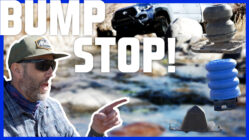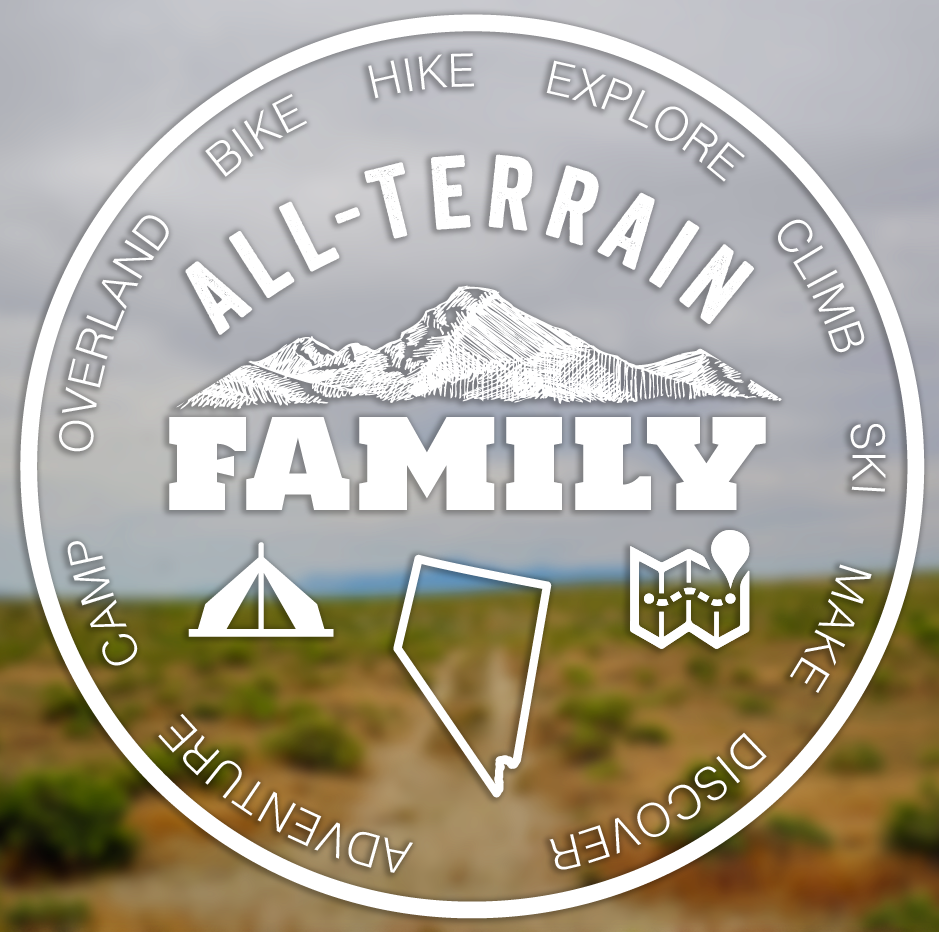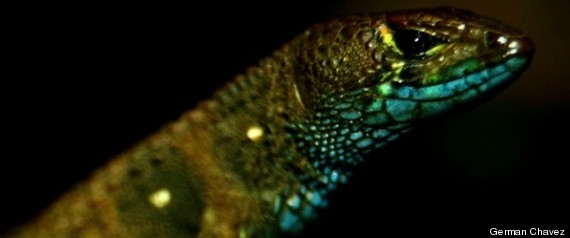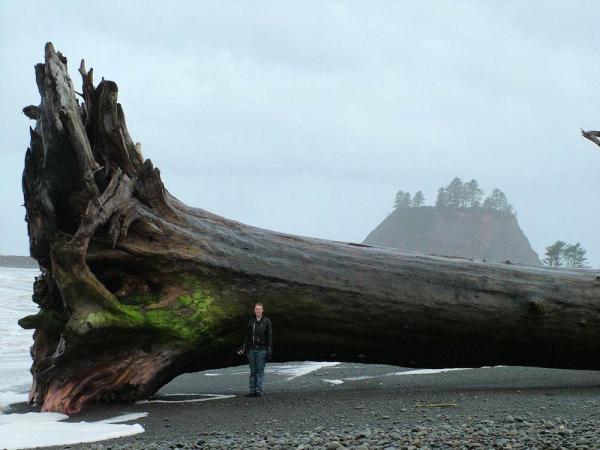Without a time machine, Tide pools can give you a glimpse of what life on the planet was like thousands of years ago. If you’ve ever been to the beach you may have explored a tide pool, the rocky area in the “intertidal zone” that twice a day fills with water as the tides advance and retreat. The plants and animals that make tide pools their home are much like the ancient creatures that lived there thousands of years ago. With bright colors, strange features and secretive habits, the plants and animals in tide pools look almost alien, and a little Dr. Seuss-like.

The intertidal zone is the area on the coast where the rocky shores meet the waves; where the sea water engulfs during high tide, and leaves barren during low tide. The plants and animals that live in tide pools have learned to adapt to this changing domicile by closing up and hiding from the sun and predators when the tide is out, then opening up and reaching out for the nutrients and oxygen the salty waves bring in. This is the best time to explore the tide pools, when the Sea Anemones are unfurled and glowing, and the crabs scurry about to catch their lunch. Tide pools contain a vast array of life on earth. From sea cucumbers and peanut worms to crabs and mussels, in one visit it is possible to see and learn about more creatures in one place than if you were to take a road trip from one coast to the other!

Just like the anemones that make up Nemo’s home on the Coral Reef in “Finding Nemo,” sea anemones also live in tide pools, where they firmly attach themselves to the rocks along the shore. Because the environment in the tide pools changes so drastically between high tide and low tide, each of the animals that live there has special adaptations to help them cope. The anemones retract their tentacles, the clams and barnacles close up, and the crabs and snails retreat into their shells until the water comes back to bring them food and protection.
“As far as we know these are immortal animals,” Rokhsar said. “You can cut them in half, and they’ll create two new anemones.” Even if you cut off the tentacles and mouth at the top of the anemone, the remaining sac will eventually regrow its “head.” And if they aren’t eaten or killed by toxins in their environments, they can seemingly live forever. [iO9]
Why Do Sea Levels Change?
It’s so big and there is so much water in it, where does the water come from and where does it go?
To understand tides, we have to remember that Planet Earth is made up of lots of different types of materials, but mainly water and rock on the outside. Those materials don’t always move about in the same way. Because of the force of gravity, the moon and the earth pull on each other. While the earth’s gravity keeps the moon in rotation around us, the moon’s gravity pulls the oceans toward it as it rotates about. If you were able to see this effect from space, you would see that because of the moon’s pull on the earth’s oceans, the earth doesn’t look perfectly round as we would expect, but instead looks a little more egg-like. As the moon rotates around the earth, the egg-like bulge on the earth moves around with it.
[youtube]http://www.youtube.com/watch?v=l37ofe9haMU&feature=related[/youtube]This movement is what causes the tides, and what allows the little pools on the coasts to fill up with water and then empty out twice a day, just the way the creatures that live there like it.
Explore a Tide Pool
Tide pools are a fun place to visit because you can see so many different animals in one place. My family and I recently visited the tide pools on Asilomar State Beach near Monterey, CA. Our 2 year old loved watching the crabs scurry about on the sand, he touched the mussels and barnacles attached to the rocks, and chased the seagulls trying to eat them all at low tide. The Monterey Bay Aquarium is a great place for kids to learn even more about tide pools and the ocean.
-Carrie
Sources:
- Reefkeeping.com
- National Geographic
- OceanLink.info
- iO9: What makes sea anemones immortal?
- PBS: Nature: Life at The Edge Of The Sea
- California State Parks
- Monterey Bay Aquarium








[…] Definitely check out your closest aquarium to see the jellyfish. They are incredible. If you are close to Monterey, CA, here are some tips for visiting the Monterey Bay Aquarium. […]